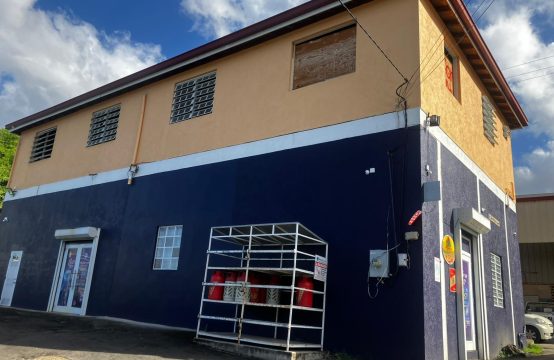Do you know what an Environmental Impact Assessment is? This is a formal process used to predict the consequences of a plan, program, policy or project (which we will refer to as projects in this article) prior to making final decisions and execution.
What is the purpose of performing an Environmental Impact Assessment? The objective of Environmental Impact Assessment includes predicting the impacts a project will have on the environment, finding ways and means to reduce predicted adverse impacts, shaping projects to suit the subject location and presenting the predictions and options to the decision-makers.
Some projects because of their nature, size or location are expected to have an effect on the environment and therefore will be required to carry out an Environmental Impact Assessment, whether proposed by public or private individuals.
Projects affect many factors in the environment in ways that may not necessarily be visible to the ordinary man or woman. Flora, fauna, soil, water, air, landscape and even human beings are some important factors likely to be affected by these projects.
An example we can all relate to is the construction of a new road. Construction of a new road can positively affect an area by reducing traffic congestion. On the other hand, land may need to be cut to build the new road which may negatively affect an area by changing its geography and may even disrupt the drainage pattern, thus forcing the redirection of existing watercourses and considering more suitable methods of treating run-offs.
Construction of a new road in an area also means an increase in the number of traffic and thus an increase in air pollution. It’s possible that emission from vehicles can affect already existing atmospheric pollutants which may then affect human health, animal health and natural resources. In some areas buildings may have to be moved to accommodate the new road, also affecting the life of the owners and residents of that property.
Environmental Impact Assessment may seem tedious or scary but it is important to have a rational approach to sustainable development, especially given the fact that development is an ongoing process and will impact the environment one way or another.











